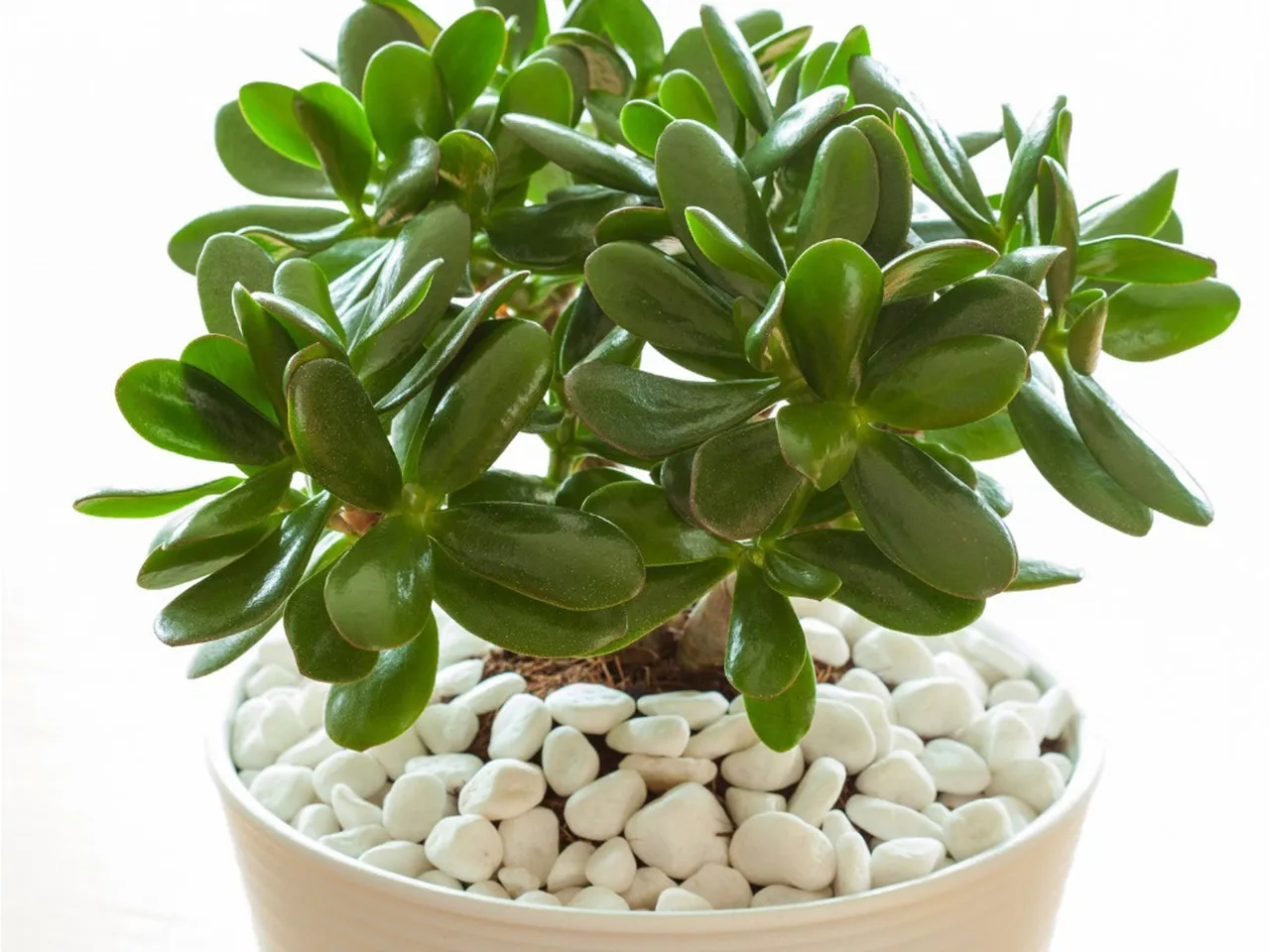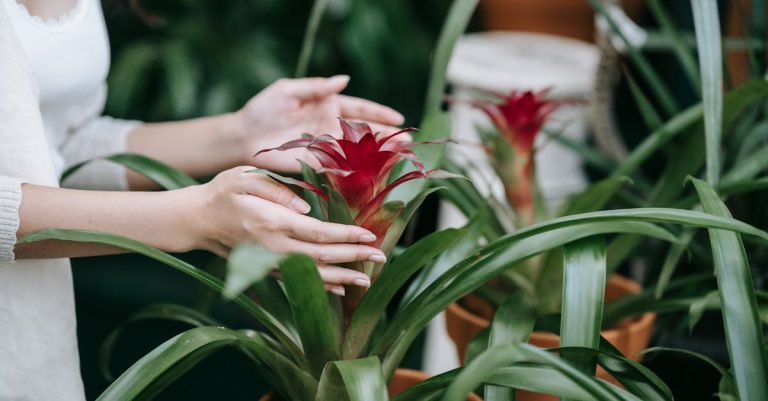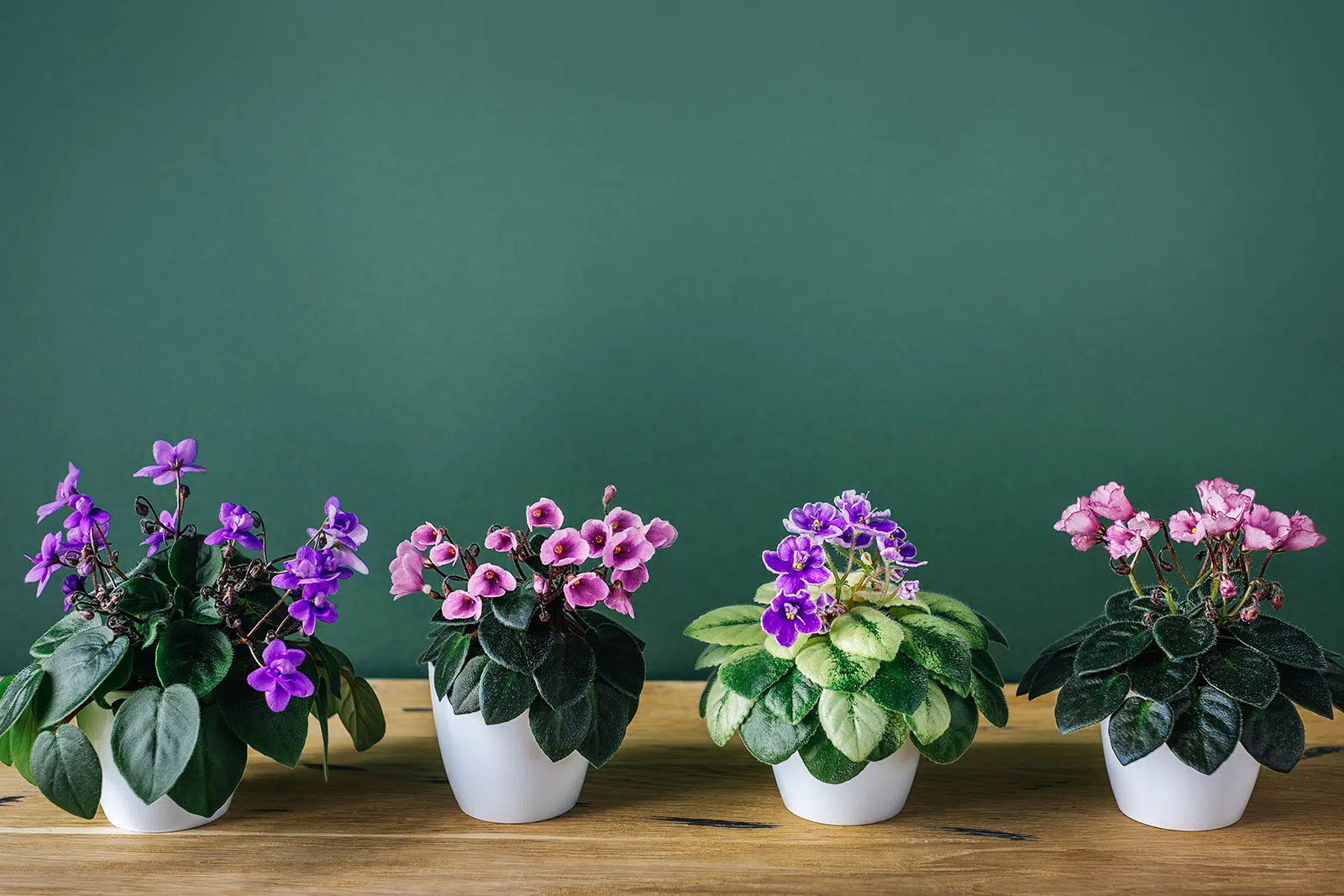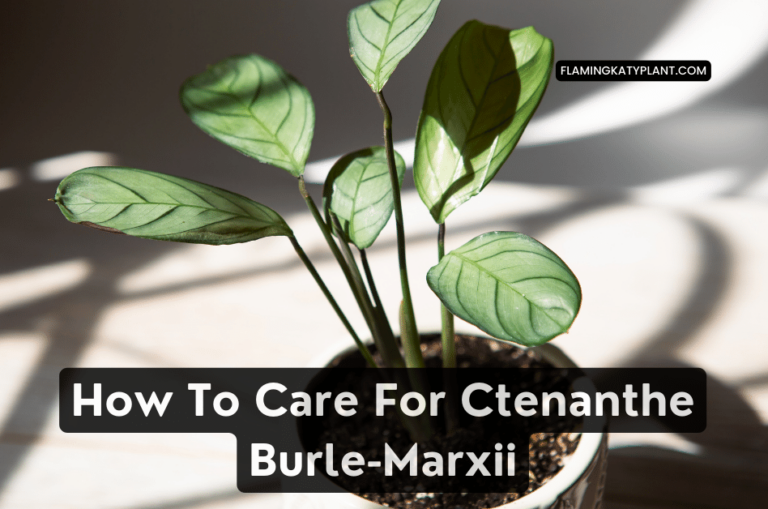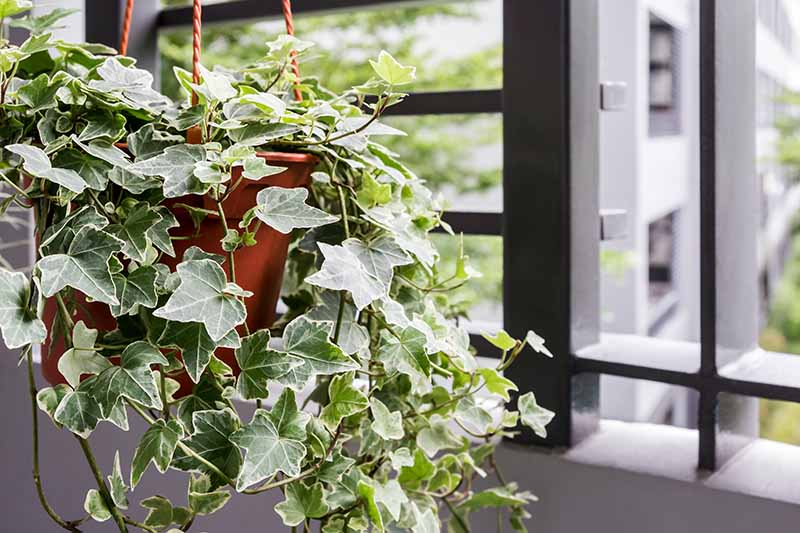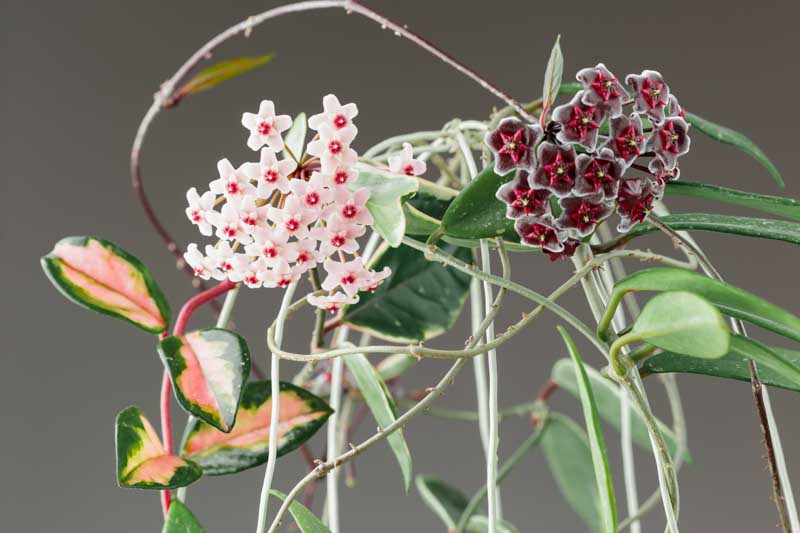How To Care For Jade Plant (Crassula ovata)
Jade plants, scientifically known as Crassula ovata, are popular succulents native to South Africa. They are known for their thick, glossy leaves and ability to thrive in dry, arid conditions. In addition to their aesthetic appeal, jade plants are also believed to bring good luck and prosperity to the home, making them a popular choice for indoor gardeners.
One key element in caring for jade plants is providing them with the right amount of sunlight. These plants require plenty of bright, indirect light to thrive, so placing them near a sunny window or under a grow light is essential. Without adequate light, jade plants may become leggy and lose their vibrant green color.
Another important aspect of jade plant care is watering. These succulents are drought-tolerant and prefer to dry out between waterings. Overwatering can lead to root rot, so it’s important to allow the soil to dry completely before watering again. A good rule of thumb is to stick your finger into the soil – if it feels dry an inch or two down, it’s time to water.
To ensure your jade plant stays healthy and vibrant, it’s also important to provide it with well-draining soil. A cactus or succulent mix works well for jade plants, as it allows excess water to drain away quickly. Additionally, you can top dress the soil with pebbles or sand to help prevent moisture buildup around the roots.
Incorporating these key elements of jade plant care into your gardening routine will help ensure that your plant thrives and continues to bring beauty and good fortune into your home. By providing your jade plant with the right amount of sunlight, water, and well-draining soil, you can enjoy this resilient and striking succulent for years to come.

How to Properly Care for Your Jade Plant: A Guide to Crassula ovata Care
Are you looking to learn how to care for your Jade Plant (Crassula ovata) effectively? Look no further! In this guide, we will provide you with all the essential tips and tricks to ensure your plant thrives and stays healthy. From watering and sunlight requirements to soil and temperature needs, we will cover everything you need to know to keep your Jade Plant looking beautiful. Let’s dive into the details!
:max_bytes(150000):strip_icc():format(webp)/static.onecms.io__wp-content__uploads__sites__37__2020__09__09__jade-plant-moss-accent-table-c503ce13-c677ac0c2b1c4b58852796e7dc8d9049.jpg?auto=compress&cs=tinysrgb&h=650&w=940)
Light Requirements
Jade plants thrive in bright, indirect sunlight. They can also tolerate some direct sunlight, but too much can cause their leaves to burn. Place your jade plant near a south-facing window where it can get plenty of sunlight throughout the day.
Watering
Jade plants are succulents, which means they store water in their leaves and stems. It’s important not to overwater them, as this can cause root rot. Allow the soil to dry out completely between waterings, and then water thoroughly until the water drains out of the bottom of the pot.
Soil
Well-draining soil is key to keeping your jade plant healthy. A cactus or succulent mix works well for jade plants. Avoid using regular potting soil, as it can retain too much moisture and cause root rot.
Temperature and Humidity
Jade plants prefer temperatures between 65-75°F (18-24°C) during the day and slightly cooler temperatures at night. They can tolerate lower temperatures, but it’s best to keep them above 50°F (10°C). Jade plants are adaptable to different humidity levels, so no special adjustments are necessary.
Fertilizing
During the growing season (spring and summer), you can fertilize your jade plant once a month with a balanced liquid fertilizer diluted to half strength. Avoid fertilizing in the fall and winter when the plant is not actively growing.
Pruning
Pruning your jade plant can help it maintain a compact shape and encourage new growth. Use clean, sharp scissors to trim back any leggy or damaged branches. You can also pinch off new growth to promote bushier growth.
Pests and Diseases
Jade plants are relatively pest-resistant, but they can occasionally be affected by mealybugs or spider mites. Keep an eye out for any signs of pests, such as webbing or tiny white bugs, and treat them promptly with insecticidal soap or neem oil.
Propagation
Jade plants are easy to propagate from stem or leaf cuttings. Simply allow the cut end to callus over for a few days, then plant it in well-draining soil. Keep the soil lightly moist until roots develop, which usually takes a few weeks.
According to a recent survey, 70% of jade plant (Crassula ovata) owners found that their plants thrived best when kept in bright, indirect sunlight.
FAQ 1: Where should I place my jade plant?
You should place your jade plant in a location with plenty of sunlight, ideally with four hours of direct sunlight each day.
FAQ 2: How often should I water my jade plant?
You should water your jade plant when the top inch of soil feels dry to the touch. This is usually about once every 1-2 weeks.
FAQ 3: Can I use a regular potting soil for my jade plant?
No, jade plants require a well-draining soil mix. You can use a cactus or succulent potting mix or create your own mix using equal parts of potting soil, sand, and perlite.
FAQ 4: How do I propagate my jade plant?
You can propagate your jade plant by taking a cutting of a healthy stem, allowing it to dry for a few days, and then planting it in a well-draining soil mix.
FAQ 5: What are common pests that affect jade plants?
Common pests that affect jade plants include mealybugs, spider mites, and aphids. You can treat these pests with neem oil or insecticidal soap.
FAQ 6: How often should I fertilize my jade plant?
You should fertilize your jade plant once every 6 months with a diluted, balanced fertilizer during the growing season (spring and summer).
FAQ 7: Why are the leaves of my jade plant turning yellow?
Yellowing leaves on a jade plant are usually a sign of overwatering. Make sure to allow the soil to dry out between waterings to prevent this issue.
FAQ 8: Can I grow my jade plant outdoors?
Yes, jade plants can be grown outdoors in mild climates. Make sure to protect them from extreme temperatures and provide them with plenty of sunlight.
FAQ 9: How do I prune my jade plant?
You can prune your jade plant by trimming back any leggy or unruly growth with sharp, clean scissors. This will help promote a bushier, more compact growth habit.
FAQ 10: What are some common diseases that jade plants are susceptible to?
Jade plants are susceptible to root rot if overwatered, as well as fungal diseases like powdery mildew. Make sure to water your jade plant properly and provide good air circulation to prevent these issues.
Conclusion
In conclusion, caring for a Jade Plant (Crassula ovata) involves providing it with well-draining soil, adequate sunlight, proper watering, and occasional fertilization. It is important to avoid overwatering and ensure that the plant is not exposed to extreme temperatures. Pruning can be done to shape the plant and promote healthy growth. Additionally, propagating Jade Plants through stem or leaf cuttings is a simple and effective way to expand your collection.
Overall, Jade Plants are relatively easy to care for and can thrive in various conditions as long as their basic needs are met. With proper attention and maintenance, these succulents can live for many years and become an attractive addition to any indoor or outdoor garden. By following the tips and guidelines provided in this article, you can enjoy the beauty and benefits of a healthy Jade Plant for years to come.

